George Hendrik Breitner (1857-1923) was born in Rotterdam, the Netherlands. In 1876, he enrolled at the academy in The Hague. Later, he worked at Willem Maris's studio. In this early period he was especially influenced by the painters of the Hague School. Breitner preferred working-class models: labourers, servant girls and people from lower-class neighbourhoods. He saw himself as 'le peintre du peuple', the people's painter. In 1886, he moved to Amsterdam, where he recorded the life of the city in sketches, paintings and photos. Sometimes he made several pictures of the same subject, from different angles or in different weather conditions. Photos might serve as an example for a painting, as for his portraits of girls in kimonos, or as general reference material. Breitner often collaborated with Isaac Israels; both painters are referred to as Amsterdam Impressionists. Conservative critics called Breitner's style ‘unfinished'. |
For earlier works see part 1 - 4 also.
This is part 5 of 6 parts on the works of George Hendrik Breitner:
 |
| n.d. Figure Studies pencil and brown wash on paper 21 x 34.5 cm Teylers Museum, Haarlem, Netherlands |
 |
| n.d. Figure Study black chalk on paper 33.8 x 28.2 cm Teylers Museum, Haarlem, Netherlands |
 |
| n.d. Figure Study black chalk on paper 33.1 x 26.1 cm Teylers Museum, Haarlem, Netherlands |
 |
| n.d. Figure Study black chalk on paper 33.5 x 27.6 cm Teylers Museum, Haarlem, Netherlands |
 |
| n.d. Figure Study black chalk on paper 34 x 29.5 cm Teylers Museum, Haarlem, Netherlands |
 |
| n.d. Figure Study black chalk on paper 34.1 x 29.4 cm Teylers Museum, Haarlem, Netherlands |
 |
| n.d. Figure Study pencil on paper 10.2 x 13.5 cm Teylers Museum, Haarlem, Netherlands |
 |
| n.d. Forest View oil on cardboard 41 x 26 cm Rijksmuseum, Amsterdam |
 |
| n.d. Four Cows oil on cardboard 30 x 42 cm Rijksmuseum, Amsterdam |
 |
| n.d. French cuirassiers, Paris oil on canvas 55 x 65 cm |
 |
| n.d. Group of riders, gathering on wide forest trail chalk on paper 55.2 x 66.6 cm Rijksmuseum, Amsterdam |
 |
| n.d. Galloping Hussars in front view etching National Gallery of Art, Washington, DC |
 |
| n.d. Head of a dying man chalk on paper 22.3 x 28.2 cm Rijksmuseum, Amsterdam |
%20chalk%20on%20pape%2032.3%20x%2024.1%20cm%20Rijksmuseum,%20Amsterdam.jpg) |
| n.d. Head of a Girl (after anonymous) chalk on paper 32.3 x 24.1 cm Rijksmuseum, Amsterdam |
 |
| n.d. Head of a Nun chalk on paper 34.6 x 24.5 cm Rijksmuseum, Amsterdam |
 |
| n.d. Head of a woman looking down black chalk on paper 16.1 x 9.7 cm |
 |
| n.d. Head of a woman watercolour on paper 31.5 x 26.8 cm Kröller-Müller Museum, Otterlo, Netherlands |
 |
| n.d. Head of a Woman watercolour on paper 37.8 x 32.9 cm Kröller-Müller Museum, Otterlo, Netherlands |
 |
| n.d. Heathland landscape, presumably in Drenthe oil on panel (size not given) Rijksmuseum, Amsterdam |
 |
| n.d. Hussars standing next to their horses pencil and watercolour on paper 32.4 x 54.1 cm Rijksmuseum, Amsterdam |
 |
| n.d. Hussars riding single file etching National Gallery of Art, Washington, DC |
 |
| n.d. Hussars on maneuver oil on canvas 9.6 x 22.8 cm Rijksmuseum, Amsterdam |
 |
| n.d. Horses on the beach, in the background a barge and fishermen watercolour and chalk on paper 33.5 x 27.2 cm Rijksmuseum, Amsterdam |
 |
| n.d. Infantry Trooper pencil on paper 28.1 x 13.1 cm Kröller-Müller Museum, Otterlo, Netherlands |
 |
| n.d. Interior Study pencil and black chalk on paper 35 x 26.8 cm Teylers Museum, Haarlem, Netherlands |
 |
| n.d. Woman in a studio behind a harmonium watercolour and chalk on paper 35.4 x 39.6 cm Rijksmuseum, Amsterdam |
 |
| n.d. Lady sitting at a table chalk on paper 27 x 34.8 cm Rijksmuseum, Amsterdam |
 |
| n.d. Landscape near Waalsdorp, with soldiers on maneuver oil on panel 15.6 x 21 cm Rijksmuseum, Amsterdam |
 |
| n.d. Man walking forward chalk on paper-cardboard 34.6 x 23.9 cm Rijksmuseum, Amsterdam |
 |
| n.d. Manouevres in the dunes oil on panel (size not given) |
 |
| n.d. Marie Anne Henriette Breitner oil on cardboard 44 x 32.5 cm Rijksmuseum, Amsterdam |
 |
| n.d. Market with flower stalls watercolour on paper size not given Rijksmuseum, Amsterdam |
 |
| n.d. Meadow landscape oil on cardboard 22 x 40.5 cm Rijksmuseum, Amsterdam |
 |
| n.d. Model study of standing half-naked man chalk on paper 33.8 x 24.8 cm Rijksmuseum, Amsterdam |
 |
| n.d. Model study oil on panel 24.5 x 19 cm Rijksmuseum, Amsterdam |
 |
| n.d. Moored boats on the Damrak with the Victoria Hotel in the distance oil on board 62.5 x 74 cm |
 |
| n.d. Mother and child oil on canvas, laid down on plywood 36 x 29 cm |
 |
| n.d. Mother and child pencil on paper 35.9 x 18.3 cm Kröller-Müller Museum, Otterlo, Netherlands |
 |
| n.d. Mounted Guard watercolour on paper 34.4 x 53.6 cm |
 |
| n.d. Neighbourhood street in Rijswijk near The Hague oil on panel 40 x 27 cm Rijksmuseum, Amsterdam |
 |
| n.d. Neighbourhood street in The Hague or Scheveningen oil on paper laid on panel 34.5 x 22 cm Rijksmuseum, Amsterdam |
 |
| n.d. Nude study chalk on paper 27.5 x 20.2 cm Kröller-Müller Museum, Otterlo, Netherlands |
 |
| n.d. Paljas of Torero, with raised arm chalk on paper 19.2 x 23.1 Rijksmuseum, Amsterdam |
 |
| n.d. Plaster mask chalk on paper 31.3 x 23.9 cm Rijksmuseum, Amsterdam |
 |
| n.d. Portrait of a koffiepikster oil on canvas 62.5 x 59.5 cm |
 |
| n.d. Portrait of a man pencil and Siberian chalk on paper 61 x 47.3 cm Teylers Museum, Haarlem, Netherlands |
%20chalk%20on%20paper%2047.5%20x%2028%20cm%20Rijksmuseum,%20Amsterdam.jpg) |
| n.d. Portrait of Dante (after Rafaël) chalk on paper 47.5 x 28 cm Rijksmuseum, Amsterdam |
 |
| n.d. Portrait of Floris Verster oil on panel 45 x 24.5 cm Rijksmuseum, Amsterdam |
 |
| n.d. Portrait of Marie Breitner, wife of the artist oil on canvas 73 x 55.5 cm |
 |
| n.d. Prinsengracht near Lauriergracht, Amsterdam oil on canvas 70.1 x 100.2 cm Rijksmuseum, Amsterdam |
 |
| n.d. Reclining nude chalk on paper 12.1 x 32.6 cm Kröller-Müller Museum, Otterlo, Netherlands |
 |
| n.d. Resting cavalry oil on canvas 40.5 x 101 cm |
 |
| n.d. Scene in a Dutch city with pile driver in foreground etching National Gallery of Art, Washington, DC |


















%20on%20paper%2033.6%20x%2024.2%20cm%20Rijksmuseum,%20Amsterdam.jpg)


%20oil%20on%20panel%2024.5%20x%2019%20cm%20Rijksmuseum,%20Amsterdam.jpg)























%20oil%20on%20panel%2024.5%20x%2032.6%20cm%20Rijksmuseum,%20Amsterdam.jpg)

%20Rijksmuseum,%20Amsterdam.jpg)



















































































































































.jpg)

























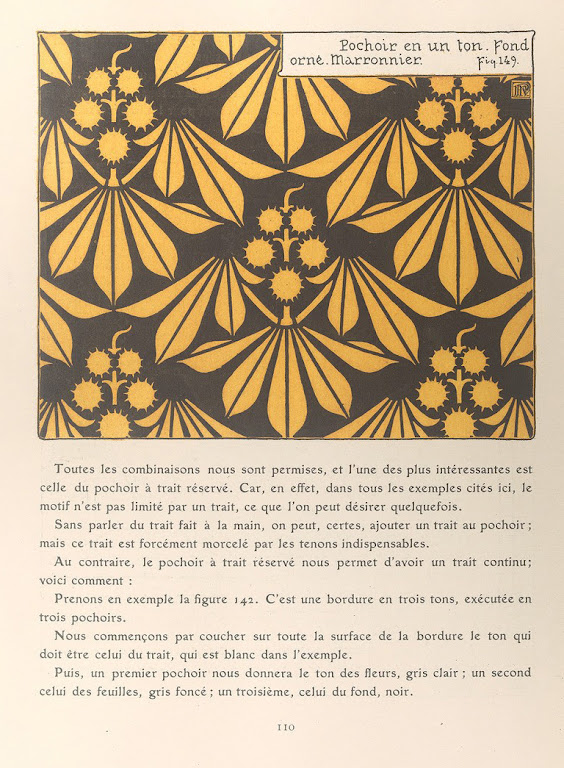

































































































.jpg)
%20embroidery.jpg)
.jpg)





































%20colour%20lithograph%20poster%20101.6%20x%2063.5%20cm.webp)




%20V&A%20Museum,%20London.jpg)





















































%20colour%20lithograph%20poster%2036.5%20x%2025.5%20cm%20V&A%20Museum,%20London.jpg)
%20colour%20lithograph%20poster%2063.5%20x%2025.5%20cm%20V&A%20Museum,%20London.jpg)



































%20Patience,%20D'Oyly%20Carte%20Opera%20Co.%20colour%20lithograph%20poster%2075.2%20x%2049.5%20cm%20V&A%20Museum,%20London.jpg)





















%20gouache%20on%20sugar%20paper%2048.3%20x%2048.3%20cm.webp)

%20gouache%20on%20sugar%20paper%2048.3%20x%2048.3%20cm.webp)
%20gouache%20on%20sugar%20paper%2048.3%20x%2048.3%20cm.webp)





























































































%20colour%20lithograph%20poster%20130%20x%2098.5%20cm.jpg)






















































%20Part%201.jpg)
%20Part%203.jpg)
%20Part%204.jpg)
%20Part%205.jpg)
%20colour%20lithograph..webp)









.jpg)














%20colour%20lithograph.webp)



%E2%80%A2.jpg)













%20by%20Tram%20colour%20lithograph%20poster%2075.3%20x%2050%20cm%20V&A%20Museum,%20London.jpg)











.jpg)









.jpg)


.jpg)

















%20colour%20lithograph%20poster%2071.3%20x%2050.2%20cm.jpg)








.jpg)





%20published%20by%20Blackie%20.jpg)








%20from%20Bibbys%20Annual%201922.jpg)







%20101.5%20x%2063.7%20cm.jpg)




































%20oil%20on%20canvas%20210%20x%20111%20cm%20Royal%20Veterinary%20College,%20London.jpg)













%20colour%20lithograph.jpg)


%20colour%20lithograph.jpg)
.jpg)





%20colour%20lithograph.jpg)


















































































%20watercolour%20heightened%20with%20white%2026.6%20x%2036.8%20cm.jpg)























%20watercolour%20for%20a%20book%20illustration%2024.7%20x%2020.3%20cm%20V&A%20Museum,%20London.jpg)






















%20The%20British%20Musem,%20London.jpg)






.jpg)






%20lithograph%20on%20wove%20paper%2020.6%20x%2029.8%20cm%20(image).jpg)








%20The%20Metropolitan%20Museum%20of%20Art,%20New%20York.jpg)

jpg.jpg)



.jpg)
%20pencil%20on%20paper%2011%20cm%20diameter%20Rijksmuseum,%20Amsterdam.jpg)







%20lithograph%20on%20white%20wove%20paper%2025,4%20x%2022.9%20cm.jpg)
%20Clarence%20Buckingham%20Collection,%20Art%20Institute%20of%20Chicago,%20IL.jpg)

.jpg)

.jpg)

.jpg)
.jpg)
.jpg)
%20.jpg)
.jpg)
.jpg)

.jpg)
.jpg)
.jpg)
.jpg)
.jpg)







%20The%20Metropolitan%20Museum%20of%20Art,%20New%20York.jpg)
.jpg)
%20The%20Metropolitan%20Museum%20of%20Art,%20New%20York.jpg)
%20Muse%CC%81e%20National%20Euge%CC%80ne%20Delacroix%20%C2%A9RMN-grand%20Palais,%20Louvre%20Museum,%20Paris.jpg)

.jpg)






.jpg)
.jpg)


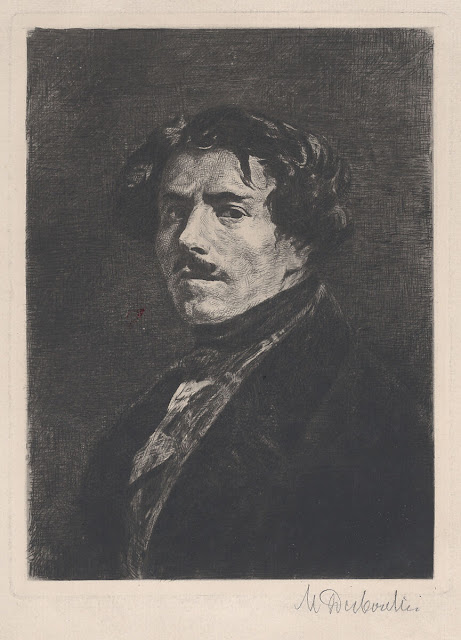



*.jpg)






,%20Paris.jpg)







.jpg)

.jpg)






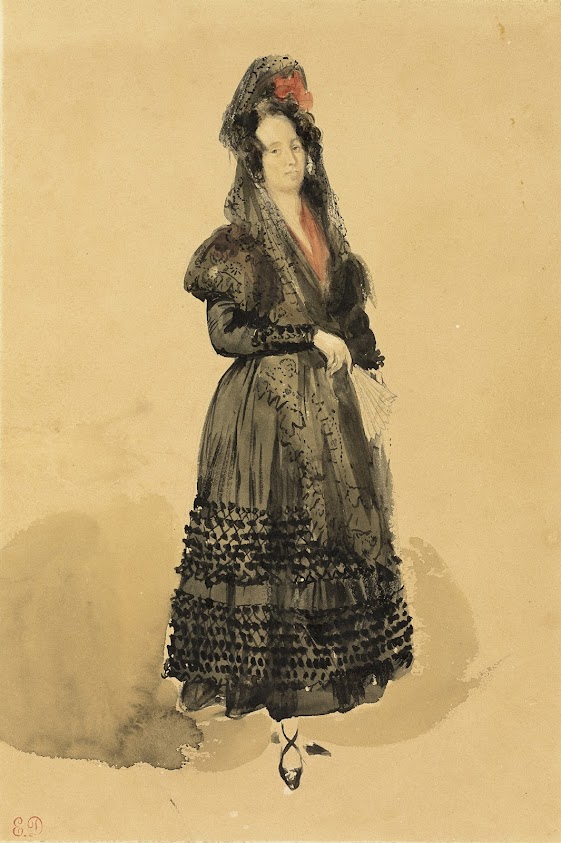



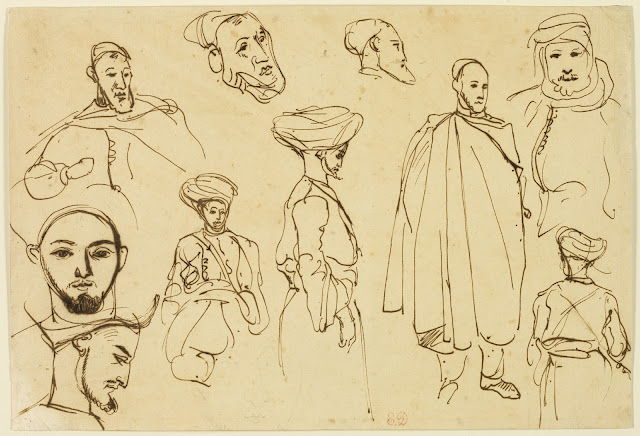
%20The%20Metropolitan%20Museum%20of%20Art,%20New%20York.jpg)

.jpg)
.jpg)

.jpg)
.jpg)

%20Art%20Institute%20of%20Chicago,%20IL.jpg)
%20The%20Metropolitan%20Museum%20of%20Art,%20New%20York.jpg)



.jpg)

%20The%20Metropolitan%20Museum%20of%20Art,%20New%20York.jpg)
.jpg)

%20etching;%20first%20state%20of%20four%2015.8%20x%2012%20cm%20The%20Metropolitan%20Museum%20of%20Art,%20New%20York.jpg)
%20Philadelphia%20Museunm%20of%20Art,%20PA.jpg)

.jpg)
%20Art%20Institute%20of%20Chicago,%20IL.jpg)

%20The%20Metropolitan%20Museum%20of%20Art,%20New%20York.jpg)
%20Museum%20of%20Fine%20Arts,%20Boston,%20MA.jpg)


%20oil%20on%20canvas%2088.2%20x%20115.8%20Los%20Angeles%20County%20Museum%20of%20Art%20(LACMA).jpg)


%20The%20Metropolitan%20Museum%20of%20Art,%20New%20York.jpg)


,%20Paris..jpg)
%20The%20Metropolitan%20Museum%20of%20Art,%20New%20York.jpg)
%20.jpg)
.jpg)
.webp)

.jpg)
.jpg)
.jpg)
.jpg)
.jpg)
%20.jpg)
.jpg)

.jpg)

..jpg)
.jpg)
.jpg)
.jpg)



%20oil%20on%20canvas%2074.3%20x%2060.3%20cm%20The%20Metropolitan%20Museum%20of%20Art,%20New%20York*.jpg)





,%20Paris..jpg)





































.jpg)
%20oil%20on%20canvas%20162.6%20x%20132.1%20cm%20Museum%20of%20Fine%20Arts,%20Boston,%20MA.jpg)




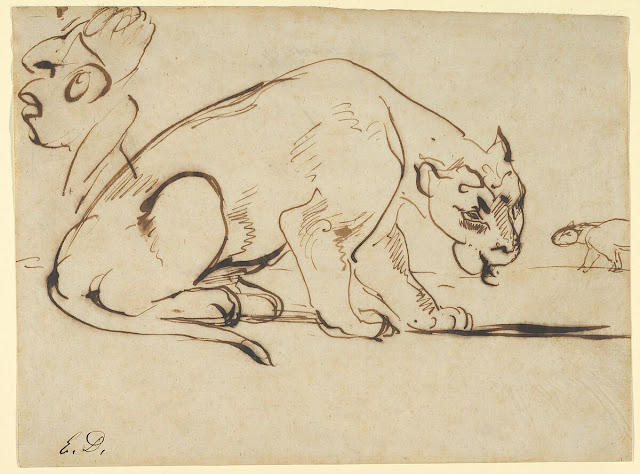
%20oil%20on%20paper%20mounted%20on%20canvas%2035.2%20x%2026.5%20cm%20Muse%CC%81e%20National%20Euge%CC%80ne%20Delacroix%20%C2%A9RMN-grand%20Palais,%20Louvre%20Museum,%20Paris.jpg)








